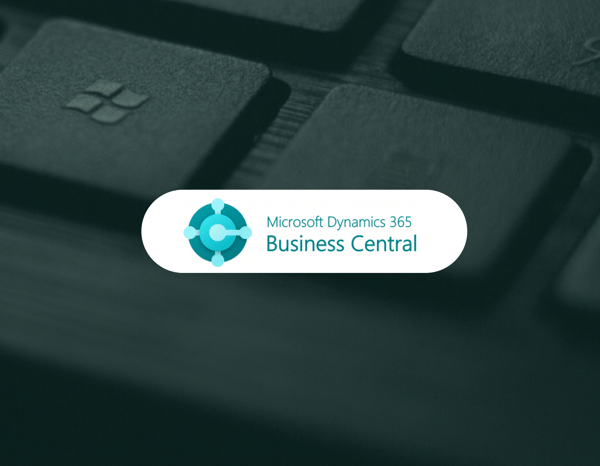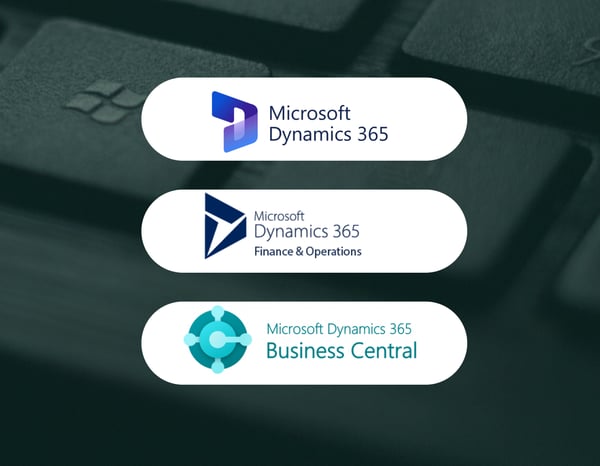

Companies are discovering the value of digitally transforming their operations. From human resources to field operations, organizations are taking advantage of SaaS software and digital tools to boost productivity, have more transparency, and reduce costs.
Rather than being seen as a threat, automation and AI technologies are being used not only to avoid adding more staff, but to help employees be more productive, have less stress, and be freed from drudgery.
The invoice approval process for finance departments, both large and small and in every industry, are still operating with paper procedures and processes. Instead of introducing automation that can remove repetitive work, finance teams are using file folders, file cabinets, email, spreadsheets and other manual work formats to process their vendor invoices.
Optimizing the Invoice Approval Process for AP
Accounts payable is the hub of all transactions. If an organization still has a commitment to paper processes, the job of the AP team or finance administrator tends to revolve around maintaining multiple files (and multiple stacks) of paper. Time is spent chasing approvers either through email or phone calls, recovering lost invoices, and using Excel to try to organize it all.
Manual Accounts Payable Approval Processes
- Having to enter invoice data manually is a big pain point
Whether you are a one-person finance department or a large company with an AP team, one of the biggest challenges you have is entering invoice data into the ERP. Many organizations are stuck with entering the data manually — a time-consuming task that’s both resource-intensive and fraught with error.
- It takes an average of $14 and 7 days to process one invoice
Because of manual input methods, invoice approvals taking too long, missing documentation and increasing invoice volumes, AP departments and finance administrators are spending excessive time and resources in the processing of invoices. If there are multiple approvers for one invoice, delays are even more commonplace.
- Executives struggle with lack of visibility and control
Approximately 50% of larger companies say there are 12-24 employees outside of AP involved in invoice processing and management. Most companies use a combination of email and spreadsheets to keep track of communications with non-AP staff.
In smaller companies, finance administrators are frustrated by the time and effort it takes to manually input and approve each vendor invoice.
- Email and spreadsheets are inefficient and magnify risk
The risk of fraud is magnified by paper processes that do not link the actions of employees in the organization. This lack of control and visibility into the AP process can increase the risk of fraudulent activity.
How to Automate Approval Workflow
Businesses that automate the invoice approval process benefit from shorter approval cycles and more transparency around purchases. That’s because an automated approval workflow lets finance administrators manage the approval process from one central dashboard complete with a time-stamped audit trail.
- Complete approval workflow solutions include the automated capture of invoice data. That means you can eliminate manual data entry completely. Invoice OCR and invoice scanning software captures the data from both mailed and emailed invoices. The invoice data is extracted within minutes of receipt, and the data is populated in a central dashboard for administrators to review.
- To automate the approval workflow, you want a solution that allows you to reroute invoices as you see fit, without having to hire a developer. You also want a platform that gives you an unlimited number of users. That’s so you avoid having to pay for user licenses every time you add people to the approval process.
- You’re looking for an Accounts Payable Automation solution that does all of the above, is configurable, and can integrate with your ERP. Rillion has two products with excellent user satisfaction ratings, and each is designed for specific organizational needs.
Benefits of Automated Approval Workflow for Accounts Payable
Larger Organizations
Solutions like Rillion give you the option to manage complex accounts payable approval workflows where there are multiple approvers and levels in the organization. Rillion has drag and drop functionality and a graphical interface that shows you how the approval workflow is setup for each vendor.
During the setup phase you map out the approval workflows with our success team. Once the business rules are established, automation ensures that invoices go to the appropriate approver once they are received into the admin dashboard.
For companies with a large number of purchase orders, Rillion has a PO matching engine that automatically matches purchase orders to invoices.
Rillion gives you metrics to watch the productivity of your AP staff. That gives you confidence in your team and lets you address areas of improvement when you see the need.
Smaller Companies
Rillion is great for small companies who need a simple to use interface and an approval workflow to other team members. Employees can approve an invoice on a laptop, tablet, or smartphone. Invoices can be posted to different projects, a great time-saver for project managers.
Rillion streamlines your approval workflow so that invoices are handled by the right person in the right order. Business rules are based on projects, cost centers or amounts.
You can communicate with your colleagues directly in the system. Add a note to the invoice or send messages to each other, or email directly from the dashboard with an invoice as an attachment.
You automate the approval workflow and then approvers can approve an invoice with one click in their email or on a mobile device. Workflows can be re-routed without having to pay for coding or additional user license costs. And every relevant role in the organization can be connected to the approval workflow.
Read more on Rillion’s Invoice Approval Software.

